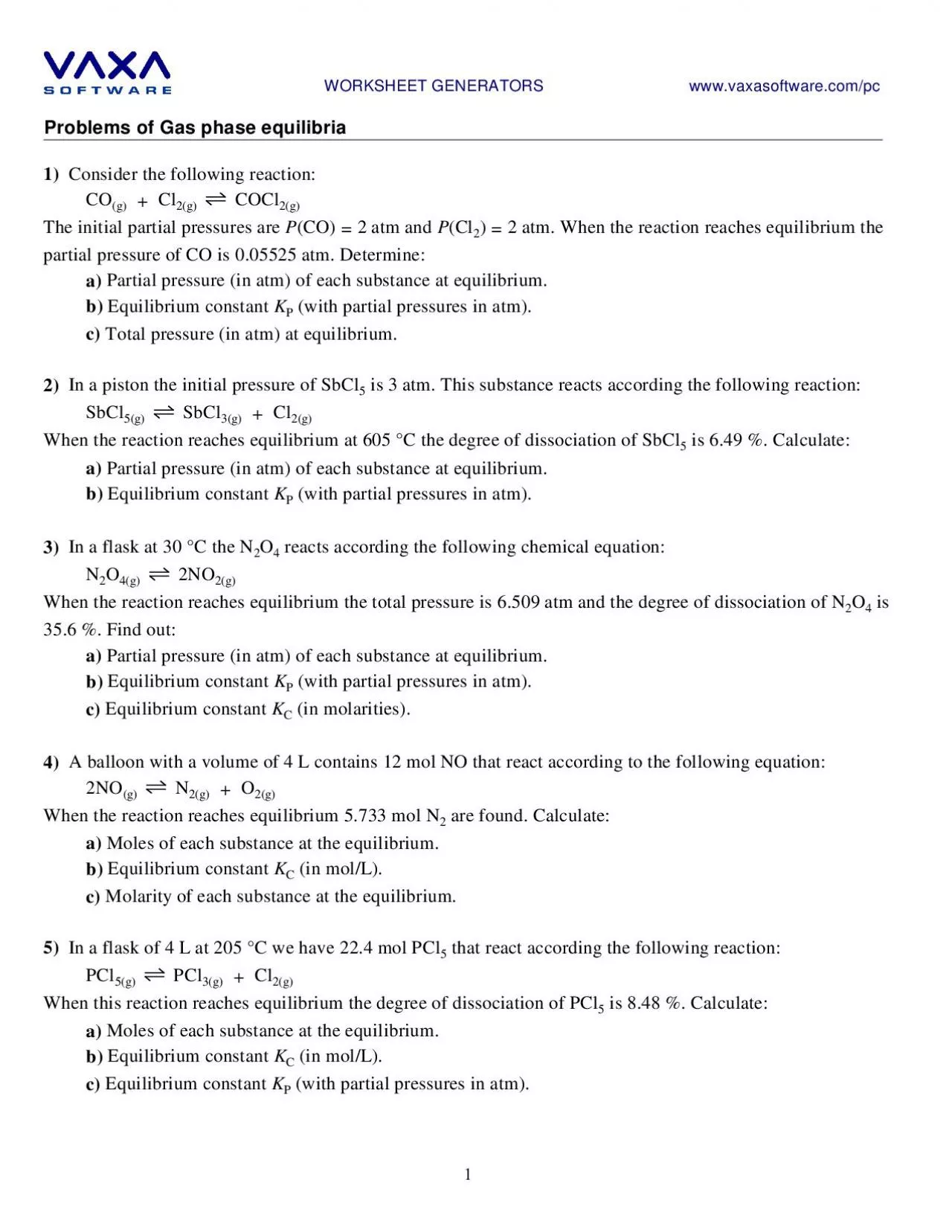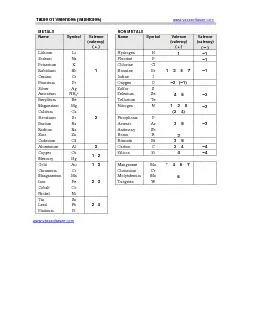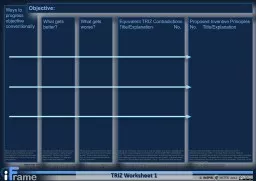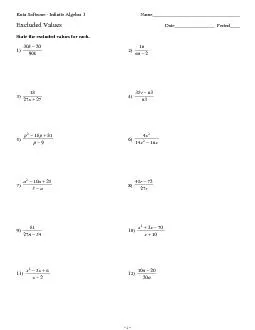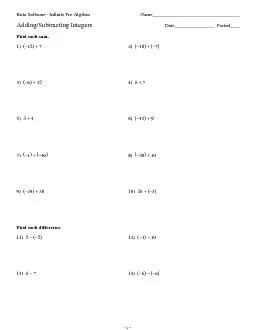PDF-WORKSHEET GENERATORSwww.vaxasoftware.com/pc
Author : patricia | Published Date : 2020-11-23
Problems of Gas phase equilibria 1 Consider the following reactionCOg Cl2g COCl2gThe initial partial pressures are CO 2 atm and Cl 2 atm When the reaction reaches
Presentation Embed Code
Download Presentation
Download Presentation The PPT/PDF document "WORKSHEET GENERATORSwww.vaxasoftware.com..." is the property of its rightful owner. Permission is granted to download and print the materials on this website for personal, non-commercial use only, and to display it on your personal computer provided you do not modify the materials and that you retain all copyright notices contained in the materials. By downloading content from our website, you accept the terms of this agreement.
WORKSHEET GENERATORSwww.vaxasoftware.com/pc: Transcript
Download Rules Of Document
"WORKSHEET GENERATORSwww.vaxasoftware.com/pc"The content belongs to its owner. You may download and print it for personal use, without modification, and keep all copyright notices. By downloading, you agree to these terms.
Related Documents

